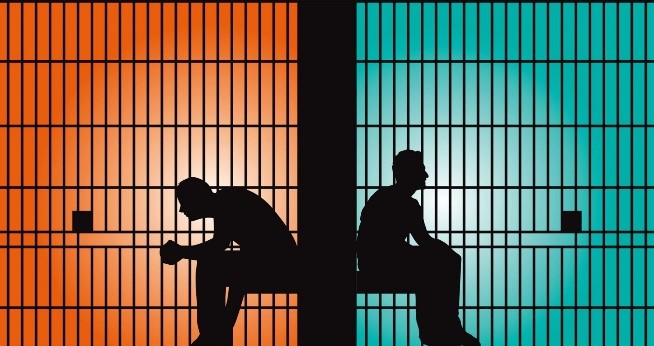Free Courses Sale ends Soon, Get It Now


Free Courses Sale ends Soon, Get It Now



Disclaimer: Copyright infringement not intended.
Context
The Prisoner's Dilemma captured the essence of the tension between doing what is good for the individual and what is good for everyone.
– ROBERT AXELROD
What is Prisoner’s Dilemma?
Understanding using an example

What should the prisoners do, then?
Application of Prisoner’s Dilemma
|
PRACTICE QUESTION Q. What do you understand by the concept of “Prisoner’s Dilemma”? Describe. Shed light on the real-life applications of “Prisoner’s Dilemma” in international law and business. |
© 2024 iasgyan. All right reserved